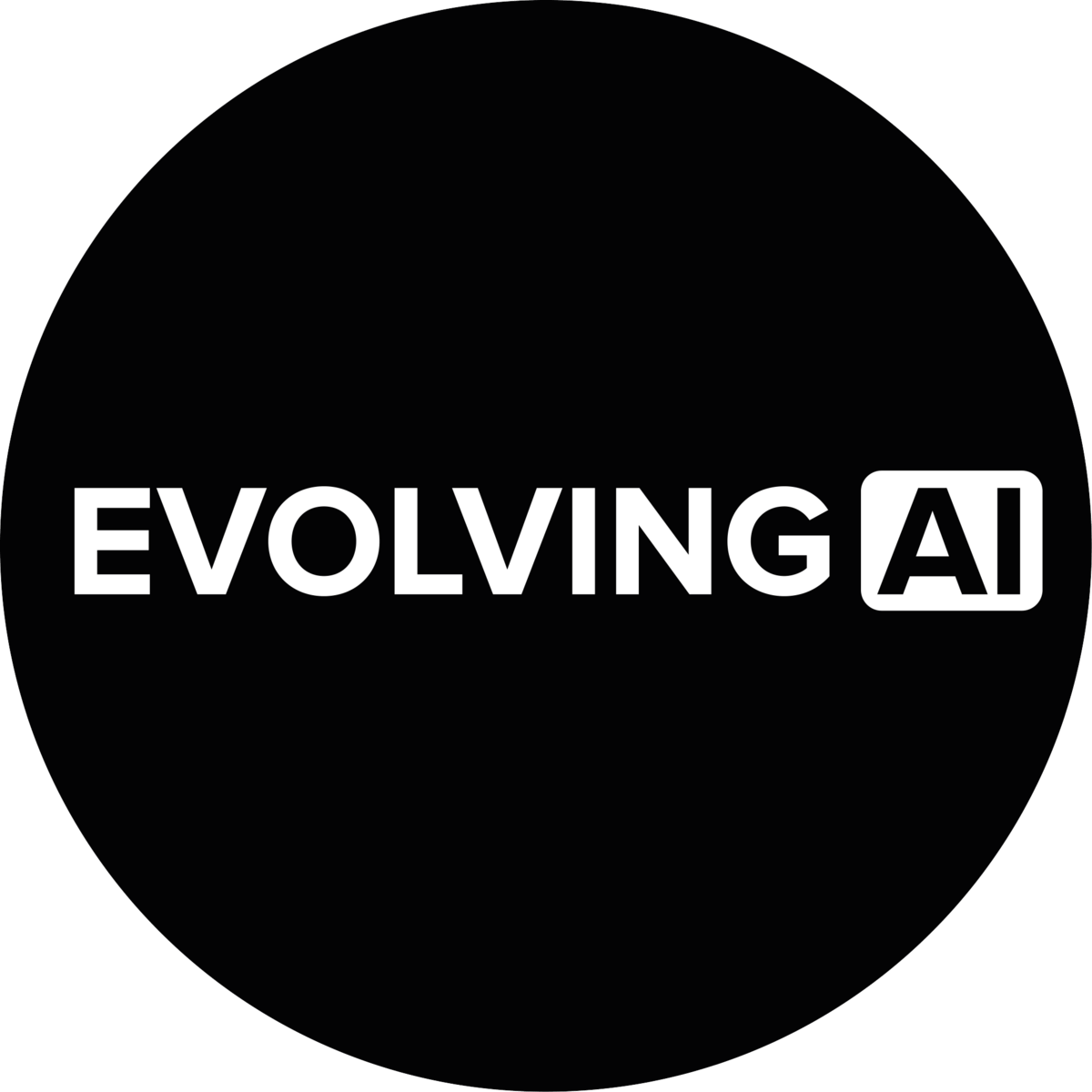
Welcome, AI enthusiasts
Dall-E 3 has secretly been published on Bing, GPT-4 proves to be a productivity boost up to 40% while Getty Images launches its own image generator. Let's dive in!
In today’s insights:
DALL-E 3 available on Bing
Boosted productivity: The GPT-4 effect
AI's job jandscape: More than just automation
Getty's AI canvas
Read time: 4 minutes
🗞 LATEST DEVELOPMENTS
OPENAI
🎨 DALL-E 3 Available on Bing

Source: Chase Lean on Twitter
Evolving AI: DALL-E 3, a notable upgrade from OpenAI, has been subtly released to the public via Microsoft's Bing, surprising and delighting digital art creators. A quick 10 seconds tutorial so you can use it for free:
Go to: bing.com/images/create → Write your prompt and just create anything you want.
Key Points:
Swift public access post-announcement
Notable discovery by online communities
Competitive edge sharpened
Details:
Just ten days post-announcement, DALL-E 3 was spotted on Microsoft's Image Creator tool, part of its browser-based AI suite. The digital art creator communities on platforms like Reddit and Twitter were the first to notice the improved image and text interpretation capabilities now available through Bing, despite the upgrade still being unavailable on the OpenAI website. This move hints at a strategic partnership between Microsoft and OpenAI, bringing forth a competitive edge against other AI image generators like Midjourney and Stable Diffusion.
Why this matters?
This quiet release not only underscores the burgeoning collaboration between tech giants but also signals a faster pace in AI evolution, bringing sophisticated tools to the public domain swiftly. Could this set a new precedent in how AI upgrades are rolled out?

Source: Navigating the Jagged Technological Frontier
Evolving AI: A Harvard study unveils a 40% performance hike in enterprise workers utilizing GPT-4, spotlighting AI's tangible impact in the professional realm.
Key Points:
A substantial 40% performance boost was observed among consultants at Boston Consulting Group, thanks to GPT-4 implementation.
This study is among the first large-scale examinations of GPT-4's utility in enterprise settings.
Details:
The recent Harvard study marks a significant stride in understanding AI's real-world efficacy, particularly GPT-4's. By aiding consultants at the reputable Boston Consulting Group, GPT-4 not only showcased its capability to enhance work efficiency substantially but also posited generative AI as a viable tool in professional echelons. The precise mechanisms through which GPT-4 augments performance remain a thrilling frontier for further exploration.
The Relevance:
This revelation isn’t just a pat on the back for AI advancements, but a nudge towards a future where AI could be a standard coworker, enhancing our workdays. How might the workplace morph when AI becomes a regular ally? The GPT-4’s tale insinuates a promising narrative, yet poses a question: What other professional realms could similarly benefit from AI’s touch?

Source: Clara Mokri
Evolving AI: OpenAI's Sam Altman envisages AI not just as a job-displacing force, but a creator of enriched jobs.
Key Points:
Rapid AI advancements stir job security concerns.
AI excels more at task automation, not job replacement.
Real-world example: Flexport’s use of GPT-4, slashing task time from 30 minutes to 20 seconds.
Details:
Amidst the anxiety surrounding job displacement due to AI, Sam Altman, sheds light on AI's potential to automate mundane tasks, thereby, carving paths for more sophisticated job roles. An exemplification being Flexport’s utilization of GPT-4 AI, which dramatically cut down operational times, possibly leading to better job efficiency and creation of more strategic roles.
The Relevance:
The discourse steers towards a hopeful narrative where AI acts as a job enhancer rather than a job replacer, opening the floor to discussions on how businesses and individuals should adapt to maximize benefits from this technological stride.
GETTY
🎨 Getty's AI Canvas

Source: Andriy Onufriyenko/Getty Images
Evolving AI: DALL-E 3, a notable upgrade from OpenAI, has been subtly released to the public via Microsoft's Bing, surprising and delighting digital art creators.
Key Points:
Partnership with Nvidia to create an image generator.
Ethical inquiries surrounding the use of photographers' images for training the AI.
The blurred line between real and AI-generated images, and the implications for crediting work.
Details:
Getty Images has stepped into the generative AI arena by partnering with Nvidia to develop an image generator. This tool, whilst a marvel, has stirred the pot, especially around the ethics of using decades' worth of photographers' images for training the AI. The venture also shines a light on the growing issue of distinguishing real from AI-generated images and raises questions about credit and rights for the images produced.
Our Thoughts:
The relevance of Getty's move is profound, setting a precedent in the visual content sector. As generative AI continues to mature, the line between real and generated content is getting fuzzier.
📈 Trending Tools
🎨 PlaiDay - A free next gen playground for your imagination (link)
🎞️ Pictory - Easy video creationg for content marketers (link)
✍️ Jasper - AI writing assistant (link)
🌐 Webscraping - Rotating proxies API for web scraping (link)
🤖 Fireflies - AI notetaker to transcribe, summarize, analayze.. (link)
🎙️ Speechify - Complete AI voice studio (link)
📈 GoCharlie - Your new AI marketing assistant (link)
✏️ Grammarly - Personalized AI, everywhere you write (link)
